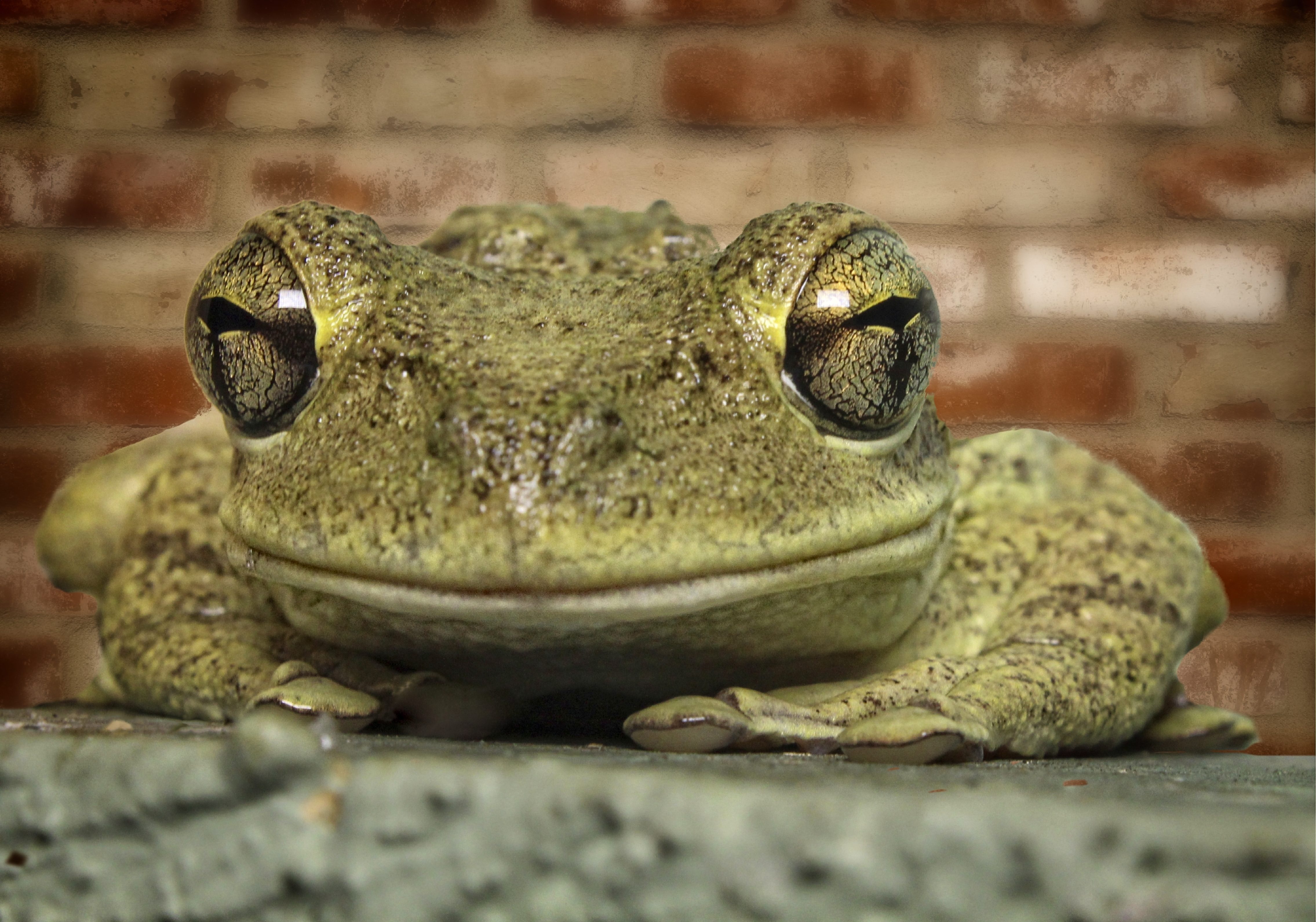
How to Get Rid of Cuban Tree Frogs — A Helpful Guide

The presence of Cuban tree frogs can lead to a myriad of problems, including loud breeding noises after midnight, clogged drains, and power outages due to their invasion of electrical boxes. Continue reading for a guide on how to get rid of Cuban tree frogs.
Discovering Cuban tree frogs in your home can be unsettling, as these frogs pose a significant threat to local ecosystems by preying on native frog species, lizards, and even small snakes.
Additionally, their skin secretes a mucus that can irritate humans, causing symptoms akin to allergies and even triggering asthma attacks.
Thus, once you've identified these frogs — known for their white and gray to green and brown color, bumpy skin, irregular warts, and large, bug-eyes — it's important to remove them. So, continue reading for a guide on how to get rid of Cuban tree frogs.

A Cuban tree frog | Source: Getty Images
Effective Strategies for Cuban Tree Frog Removal
1. Capture & Humane Euthanasia
When it comes to handling the Cuban tree frog problem, a combination of capture and humane euthanasia is highly recommended. These invasive frogs pose a grave threat not only to the balance of local ecosystems but also to human well-being. Taking action by capturing and humanely euthanizing these frogs is a step towards mitigating their harmful impact.

Invasive Cuban tree frog found in Florida backyard garden | Source: Getty Images
2. Disrupt Breeding Sites
A crucial part of controlling the Cuban tree frog population involves targeting their breeding cycle. Inspecting areas like ornamental ponds, birdbaths, and even children’s wading pools, especially after heavy rains, can help locate frog eggs and tadpoles.
Removing these not only disrupts the breeding cycle of the Cuban tree frogs but also aids in reducing potential mosquito breeding sites.
By focusing on these areas during the spring and summer months, you can significantly diminish the chances of Cuban tree frog infestations.

A close-up of a Cuban tree frog | Source: Getty Images
Tackling the issue of Cuban tree frogs in your home requires a strategic approach, combining capture and euthanasia with the disruption of their breeding sites. This guide offers a foundational understanding of why it's crucial to eliminate these invasive frogs and how to do so effectively.
For those facing nocturnal disturbances not from frogs but from crickets, explore our article on how to get rid of cricket noise at night for practical tips to enjoy uninterrupted rest, free from the incessant chirping that can disrupt your night.